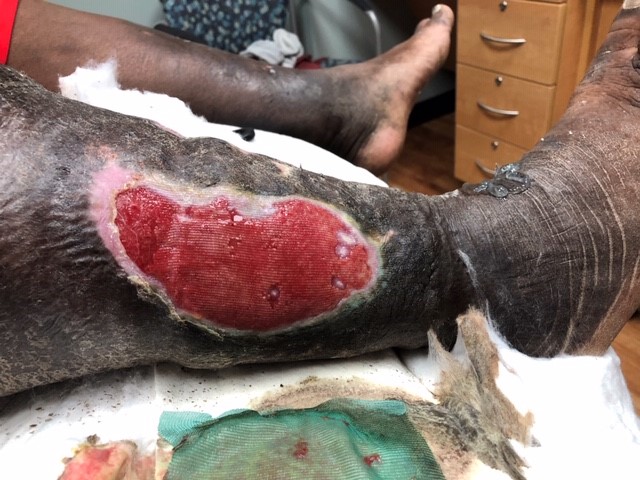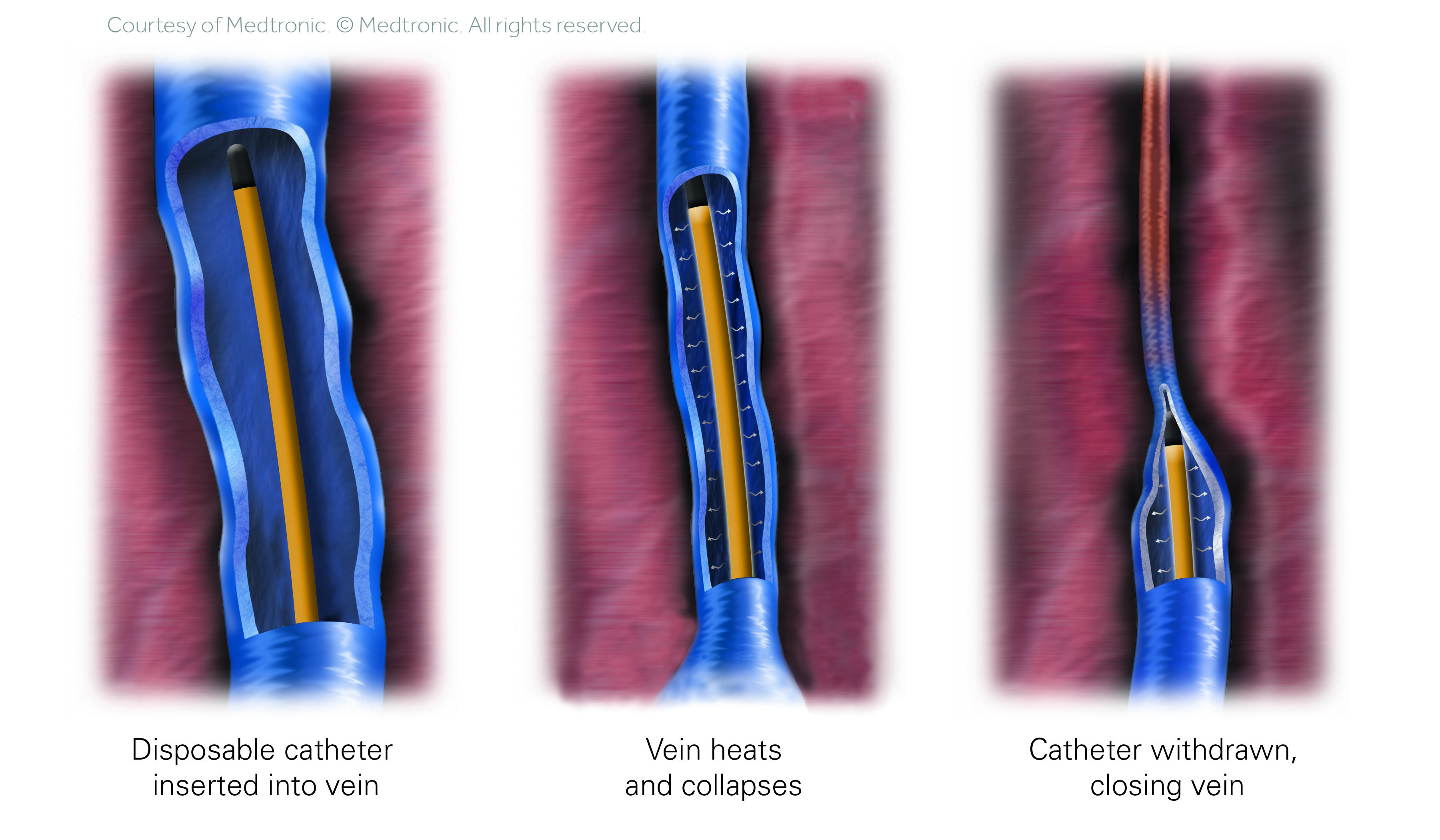Venous Ulcers

💡 What Exactly Are Venous Ulcers?
Venous ulcers (also called venous stasis ulcers) are open sores that usually occur on the lower legs or ankles.
They are caused by poor blood circulation in the veins — when blood pools and pressure builds up, it damages the skin and underlying tissue, eventually leading to an open wound.
They are the most common type of leg ulcer.


📍 Where Do Venous Ulcers Appear?
- Above the ankle (usually on the inner side)
- Lower calf
- Rarely on the foot or higher up on the leg unless the problem is very severe

🧬 Why Do They Form?
Venous ulcers happen when veins fail to push blood properly back toward the heart — a condition called chronic venous insufficiency (CVI).
Key causes and risk factors:
- Varicose veins (major risk factor)
- Deep vein thrombosis (DVT) – past blood clots damaging valves
- Obesity – increases leg vein pressure
- Aging – vein walls weaken over time
- Prolonged standing or sitting
- History of leg injuries (trauma to veins)


🩺 Symptoms of Venous Ulcers
- Open wound with uneven edges
- Shallow sore that may ooze or drain fluid
- Skin discoloration (dark brown, purple, or red patches)
- Itching or burning around the sore
- Thick, hardened skin around the ulcer (lipodermatosclerosis)
- Swelling in the lower leg
- Pain (can be mild or severe, often worse when standing)
- Foul odor if the ulcer gets infected

⚡ Important to understand:
Venous ulcers form because of venous hypertension — meaning blood is pooling in the leg veins.
Closing the faulty veins with RFA, Varithena, VenaSeal, or Sclerotherapy:
- Reduces the pressure
- Improves blood circulation
- Gives the ulcer a much better chance to heal
- Prevents new ulcers from forming in the futur

Frequently Asked Questions
A venous ulcer is a chronic wound that usually develops on the lower leg or ankle due to poor blood circulation from damaged veins. They are often slow to heal and may recur if not properly managed.
Return quickly to an active lifestyle!
